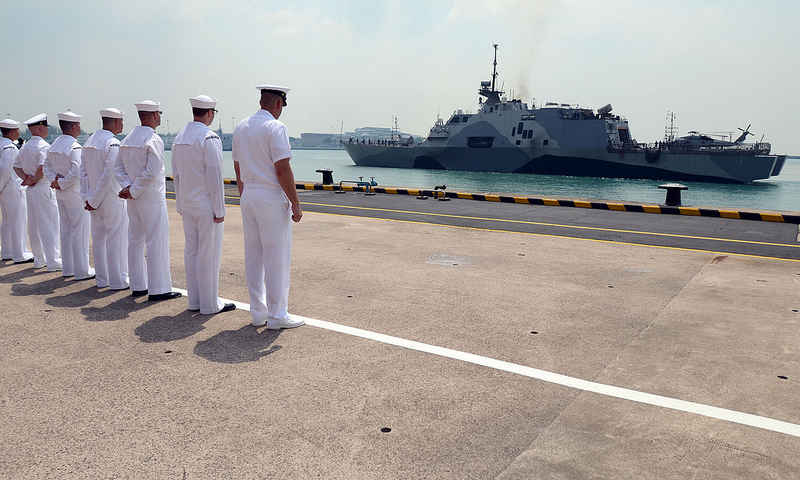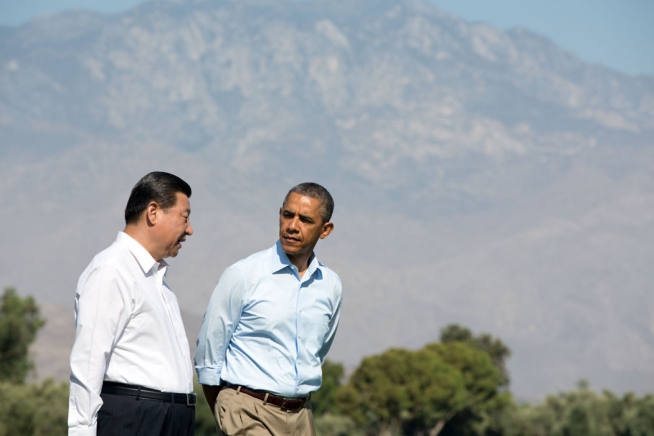Should India be a priority for PM Abbott?
 Last week over on The Interpreter, Danielle Rajendram criticised what looks like the absence of India from PM-elect Tony Abbott’s priorities in Asia. China, Japan, South Korea and Indonesia are at the top of the list of countries for the new PM to visit, and India isn’t. But the PM can’t go everywhere first, and it’s hard to think which of these countries should be bumped further down the list to make room for India.
Last week over on The Interpreter, Danielle Rajendram criticised what looks like the absence of India from PM-elect Tony Abbott’s priorities in Asia. China, Japan, South Korea and Indonesia are at the top of the list of countries for the new PM to visit, and India isn’t. But the PM can’t go everywhere first, and it’s hard to think which of these countries should be bumped further down the list to make room for India.
India is eminently deserving of attention. It’s the world’s 10th largest economy. It’s also a democracy, so we feel more confident that New Delhi wants the sort of world that Canberra and Washington want, and it abuts the world’s most important maritime trade route. It looks like a natural partner for Australia, which is why we have a reasonably strong diplomatic and economic relationship with India.
But we aren’t asking ‘Is India important?’—of course it is. What we’re asking is which countries should be the highest priority for the new Australian PM. That means identifying those countries that can provide us with the greatest opportunities, or where we can seek to mitigate our most serious risks. It’s hard to make the case that India should be in that top bracket. Read more









